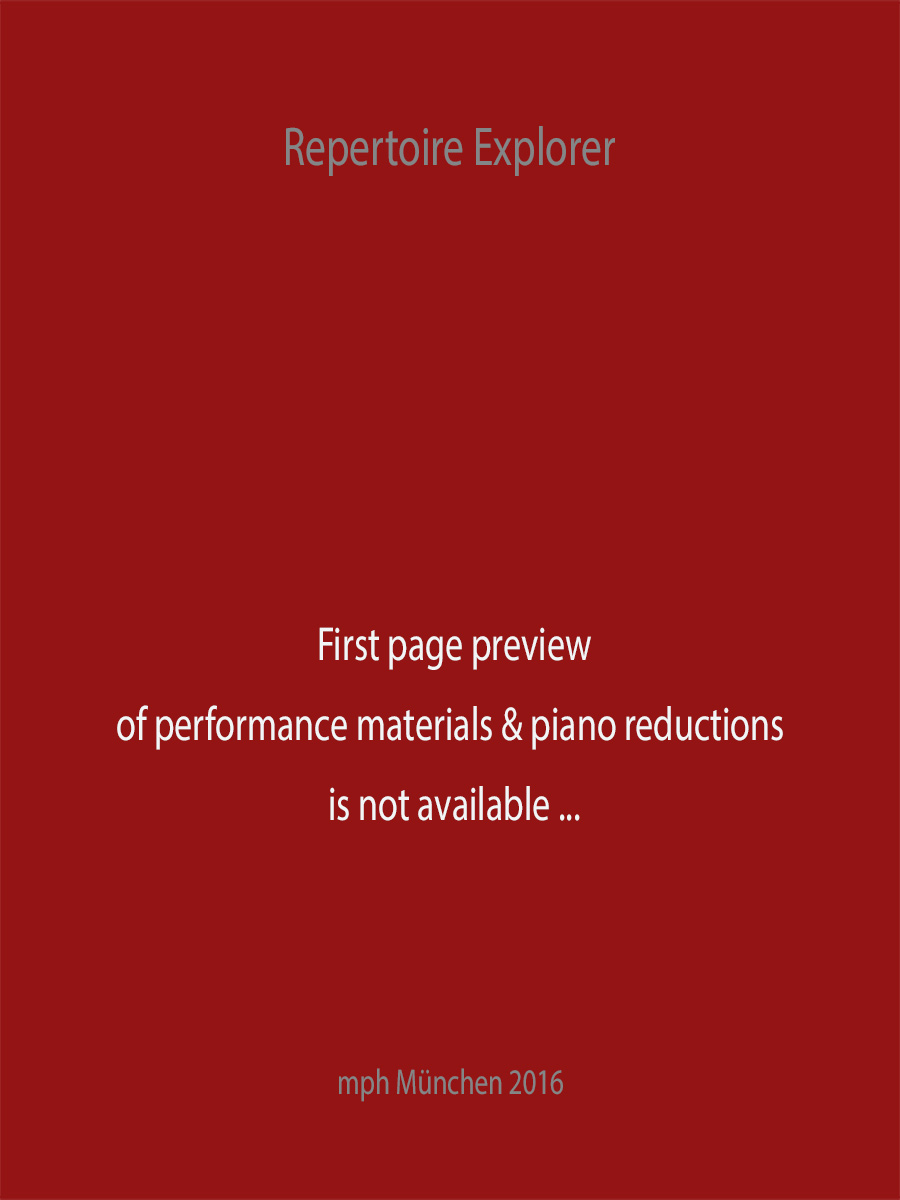Harp Quintet in C minor (score and parts)
Hoffmann, E.T.A.
24,00 €
Ernst Theodor Amadeus Hoffmann
Harp Quintet in C minor AV25
(b. Königsberg, 24. January 1776 – d. Berlin, 25. June 1822)
Ernst Theodor Amadeus Hoffmann (1776-1822) was almost exactly contemporaneous with Beethoven, whose instrumental music he regarded as huge and powerful, and capable of piercing the shadows of human existence. Hoffmann’s polymathy, which ranged over the study and practice of law, painting, literature, literary criticism and music, may have obscured or even inhibited his own contribution, in actual music, to the new tradition of musical greatness that was being inaugurated by Beethoven. Though the apex of Hoffmann’s creative career was the Romantic opera Undine (1816), a small corpus of orchestral and chamber works, in addition to many vocal and stage works and piano pieces, survives from the period prior to this opera. Hoffmann did not begin to write for the Allgemeine Musikalische Zeitung until 1809, and his engagement in compositional activities immediately before that time, in the sphere of instrumental music, lends practical credibility to his observations on the music of the already universal Beethoven. It is in this context that his Harp Quintet in C minor (AV25), written in 1806 or 1807, may be viewed. Though (in comparison to the great works of Beethoven) a comfortable-sounding and melodic piece with an overarching ternary structure, the Quintet, located in that specific historical moment, represents, on one level that is important, an aesthetic statement about the contemporary significance of instrumental music making, a theme that Hoffmann would consistently follow in his published criticism on the greater and lesser musical works of his age.
By the early nineteenth century, the aesthetic status of purely instrumental music, without any text, had undergone tremendous change. No longer simply another form of language that specified external reality or articulated inner emotions in a clear and definite way, instrumental music had in Romantic thought evolved through the stage of being an intense phenomenon of quasi-religious import (as conceived by Wilhelm Heinrich Wackenroder) even further to the supreme sublimity, not tied to any particular religious framework, accorded to it by Hoffmann (following the lead of Edmund Burke). The undercurrent of reflective activity by writers, critics and philosophers who debated the aesthetic meaning of instrumental music is essential to the understanding of the social climate in which it was created, performed and listened to. In Hoffmann’s time, this climate, though retaining many of the usual modern networks for the performance of music (taking into account the eighteenth-century development of public concert-giving), was necessarily infused with a new importance, directly brought about by the new aesthetic valuation of instrumental music. For this reason, sociological analysis of the composition, performance and distribution of instrumental music – Hoffmann’s works included – cannot be isolated from the new philosophy of instrumental music that Hoffmann in his critical writings imaginatively helped to articulate.
Read preface / Vorwort > HERE
| Partitur Nr. | |
|---|---|
| Edition | Repertoire Explorer |
| Genre | |
| Printing | reprint |
| Specifics | Set of Parts |
| Size | 225 x 320 mm |
